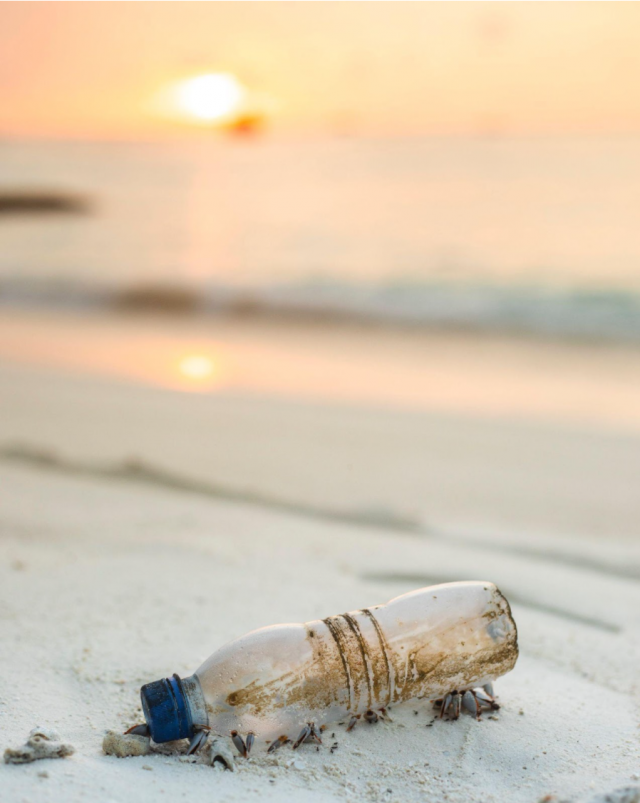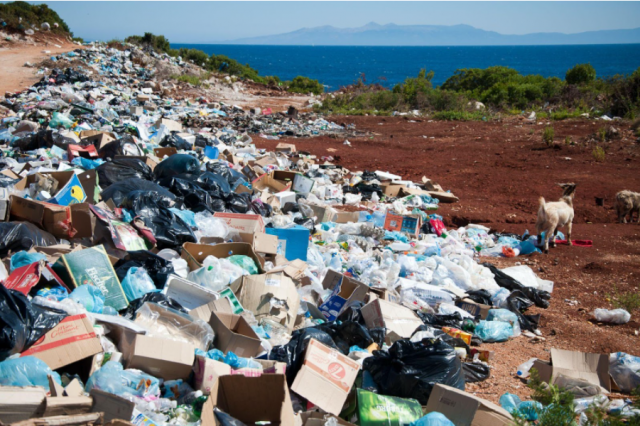In the course of our daily lives each of us participates in the generation of household waste, which must be collected, sorted, recycled and possibly recycled in order to stop their impact on the environment and the planet in which we live.

Waste treatment
Batteries
Most batteries are recyclable. Depending on the type, for some it is a much slower and more difficult process, while for others it is much faster, easier and cheaper. Car batteries, based on lead and lead dioxide and sulfuric acid electrolytes, for example, are almost completely recyclable.

It should be noted that in addition to recycling and disposing of waste materials, it is extremely important to reuse them, of course, if the relevant material provides such an opportunity.
Car rechargeable batteries find a market for recycling relatively easily even in our country. You can do a survey online to find out where there are redemption points near you.
Glassware

The advantage of glass is that in most cases it can be fully and easily recycled. Moreover, this option is even cheaper than the original production of glass from raw materials. That is why almost every glass bottle in the world already contains at least a small amount of recycled material.
How is glass recycled?
For this purpose, it must be heated to an extremely high temperature of the order of 1300 degrees
The bad thing about glass is that not all types of glass can be recycled. Stained glass, for example, from which windows are made, is not accepted at the points.
Therefore many citizens throw them away with the general waste despite bans and warnings to the authorities that this could lead to fires, as the glass has a magnifying glass effect and collects the sun’s rays in beams and concentrates their energy at one point.
The other problem is the glasses, jugs and other glassware we use. Although theoretically recyclable, in practice they are made from highly specific glass types, each of which is recycled at a different temperature.
Hazardous waste
Certain types of waste are too hazardous and must be treated in a special way. For this purpose, they are stored in special landfills and processed only in designated points that deal with the disposal of such classes of waste.
Nuclear waste is a separate type of hazardous waste. It can continue to emit radioactive radiation for decades. In our country, as in most countries around the world, this is done through the method of burial. Reactively charged waste is buried for the time regulated by law.
Home Appliances and Electronics

Waste electrical and electronic equipment is also all around us and needs special treatment as it has a huge impact on the environment . Everywhere we look, they are around us – black and white appliances, telephones, personal computers and peripherals and other telecommunications equipment, even multimedia toys nowadays contain electronics.
They contain mercury, beryllium, lead, etc. All of them are also dangerous if they are released freely into the wild, that’s why the law forbids it.
It is interesting to mention that every 1 million recycled laptops save electricity, sufficient to supply the needs of thousands of households for a period of one year.
In addition, such equipment contains small amounts of precious metals, which can also be recovered and reused. Did you know, for example, that if all smartphone devices on Earth are collected and recycled, we will collect a solid amount of non-ferrous and precious metals from them?
Alas, the statistics in this regard are not particularly rosy. With WEEE, recycling is quite time consuming and expensive , as the equipment must be disassembled, distributed and all recyclable components must be redirected to the corresponding process for further processing.
Just over more than 10 percent of this waste worldwide is recycled, and the rest remain dumped in the wrong dumps.
Plastic Products
For some time now the UN has added plastics to hazardous waste, and in the long run they pose a threat to the planet and the future of humanity.
For polymer products it is necessary to separate according to the specific type of plastic from which they are made , as each of them should be recycled separately.
In order to distinguish the different types of plastic from each other, the recycling points are guided by their designations . They include a number that tells us which is the specific type of polymer used to make the product. Recyclable plastics are numbered from 1 to 7.
Although few people are aware of this, Sofia Municipality by law has the power to fine us , if it is established that we do not distribute the plastic in the indicated places for separate waste collection.
Of course, this practice is still relatively rare, but the control over polymer products will certainly be tightened more and more in the future.
With the latest provisions of the European Union , in the framework of the Regional Partnership for limiting the environmental damage of plastic, it was decided to drastically reduce the use of disposable and non-recyclable plastic utensils, containers, bags, packaging and other.
In Bulgaria, the deadline for the entry into force of this restriction has been postponed in order to prepare local businesses better for the upcoming transition. Disposable plastic products are still widely used in restaurants, shops and other businesses.
One of the most harmful aspects of pollution with non-degradable and non-degradable polymers is the generation of so-called microplastics. As the name implies, these are small particles to which plastics degrade over time and remain for a long time, in the form of microscopic powder.
It is extremely harmful because it can contain potentially dangerous substances. It also mechanically enters the bodies of many small fish and animals and endangers their lives.
There are studies showing that microplastics and their chemicals can lead to consequences, including sterilization. Such frightening conclusions were reached in the past 2021 by scientists from the Parthenopean University of Naples . According to their findings, microplastic from food will accumulate in our bodies in the future
and the water we drink.
Undoubtedly waste and harmful emissions are becoming an increasingly pressing issue for Humanity. This is being debated at many levels, from the international community, through governments, organizations and industry.
Ultimately, however, the responsibility falls on each of us to do our best to reverse the process.
Photos: Unsplash.com
